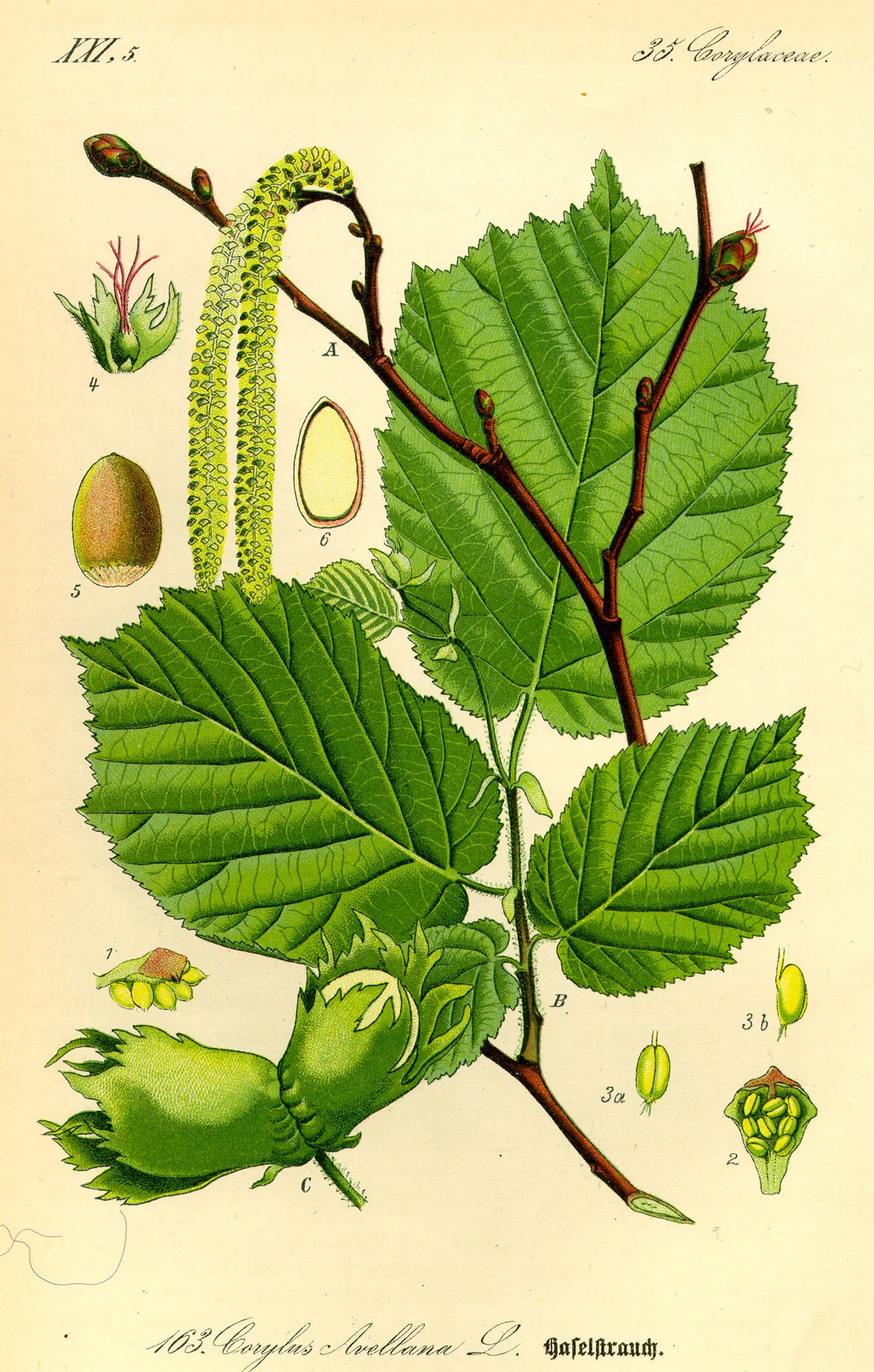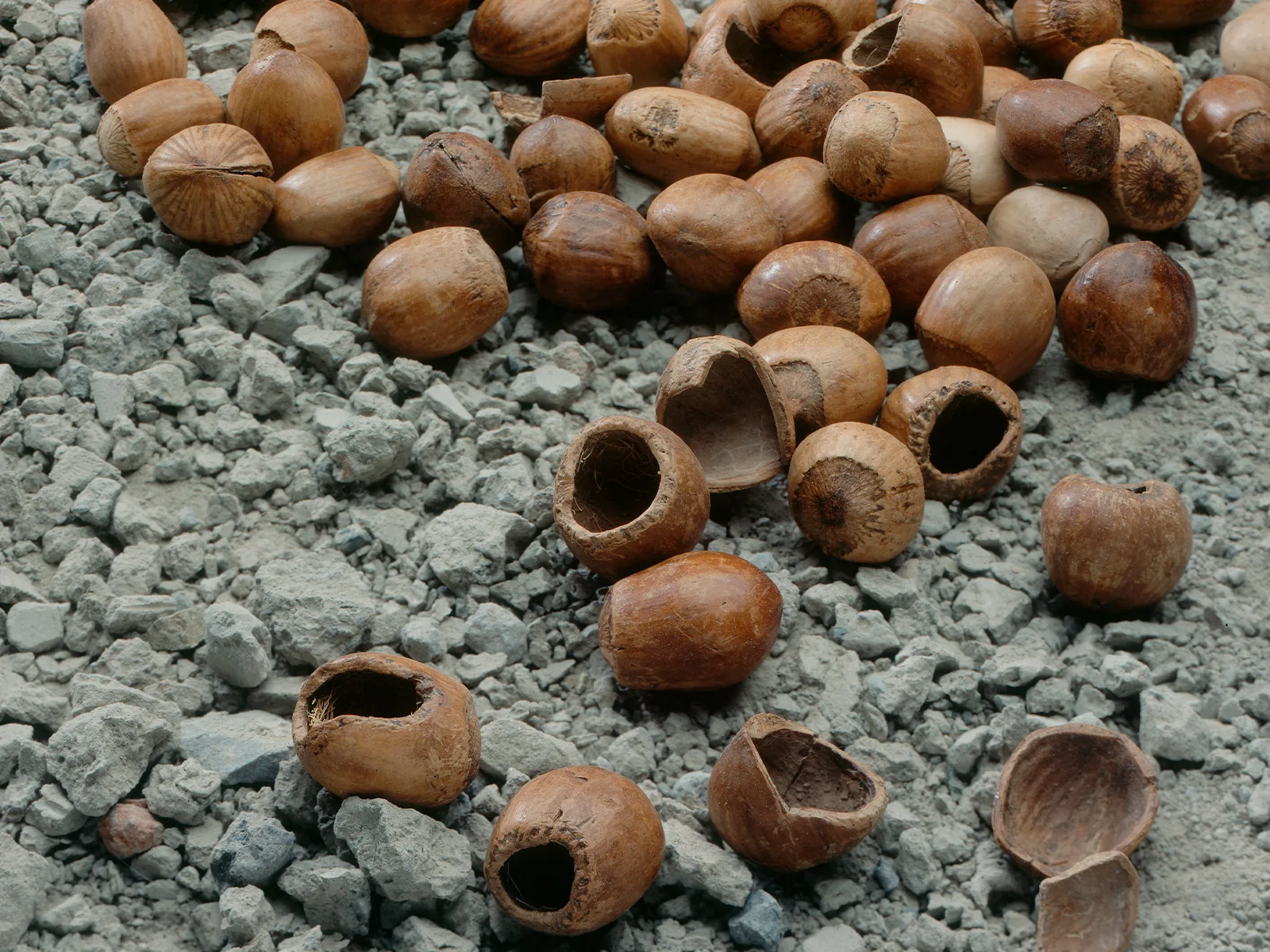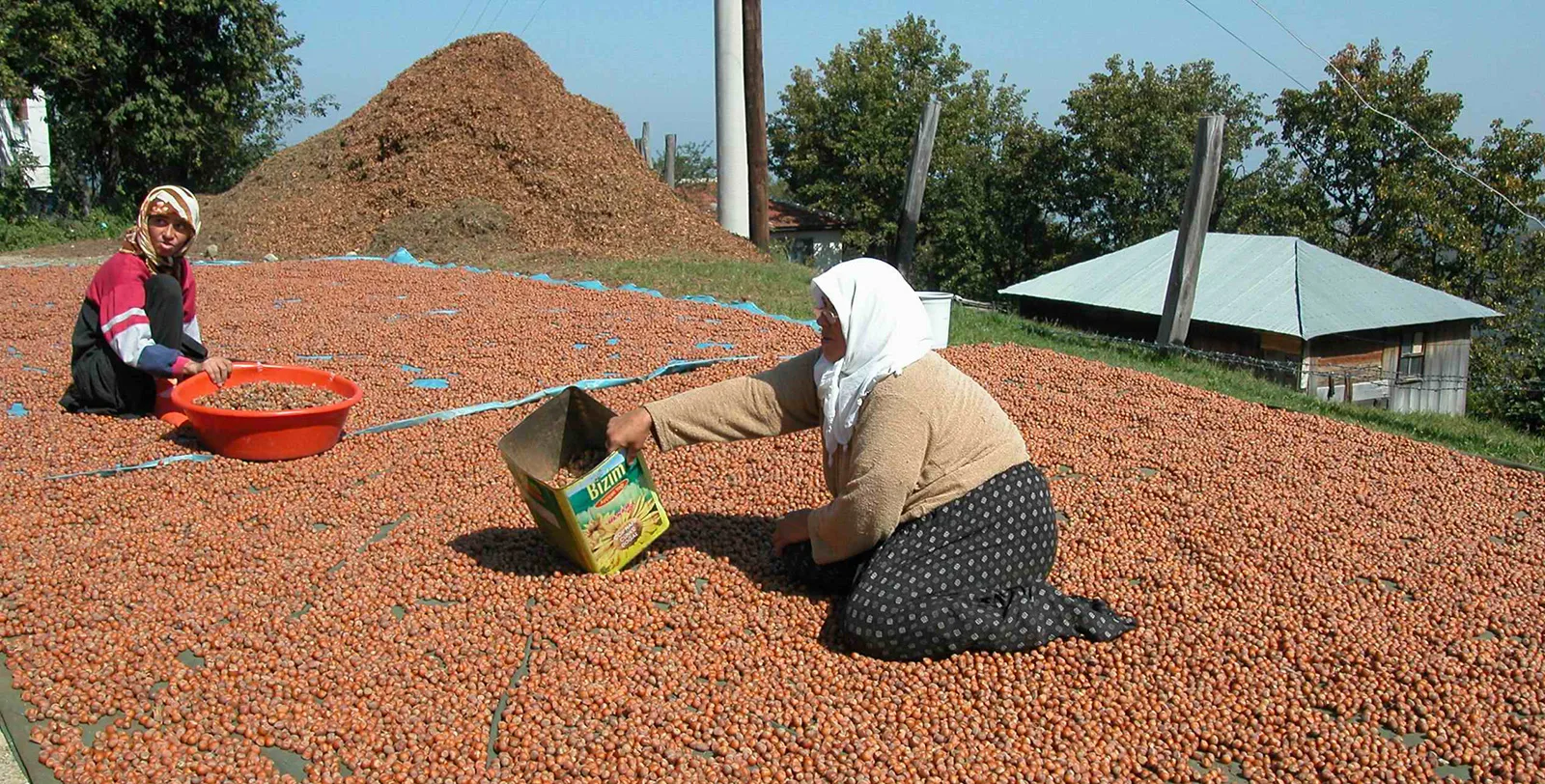24 calories for Cinderella
"Drei Haselnüsse für Aschenbrödel": in the 1973 Czech-German fantasy film, three enchanted hazelnuts make all the heroine’s dreams come true. But even without any magic, the hazelnut is a remarkable fruit.




"Drei Haselnüsse für Aschenbrödel": in the 1973 Czech-German fantasy film, three enchanted hazelnuts make all the heroine’s dreams come true. But even without any magic, the hazelnut is a remarkable fruit.



